Have you ever opened an app “just for five minutes” and found yourself still scrolling an hour later? That’s not just a coincidence or lack of willpower. It’s brain chemistry at work—specifically, dopamine.
Let’s explore how social media hijacks our dopamine system, what that means for our mental health, and how we can take back control.
What is Dopamine?
Dopamine is a neurotransmitter that plays a key role in the brain’s reward system. It gives us that hit of pleasure when we eat something delicious, accomplish a task, or hear a text notification. It’s designed to reinforce behaviours that feel good, which is helpful in moderation, but tricky when manipulated by technology.
The Dopamine-Scroll Loop
Social media platforms are engineered to be addictive. Every like, comment, and fresh piece of content is a small “reward”—triggering a release of dopamine in your brain. The unpredictability of what you’ll see next (like pulling a lever on a slot machine) only strengthens the habit loop.
This is called intermittent reinforcement—and it’s powerful.
Over time, this pattern creates a cycle:
- You scroll →
- You get a dopamine hit →
- You crave more →
- You scroll again.
While this might seem harmless, chronic exposure to this loop can dysregulate your reward system, leading to anxiety, mental fatigue, irritability, and even depression.
The Dark Side of Constant Dopamine Hits
While dopamine feels good in the moment, excessive stimulation over time can lead to:
- Desensitization (you need more to feel the same pleasure)
- Dopamine crashes (low moods when not using your phone)
- Cortisol spikes (stress hormone increases due to over-stimulation and comparison)
- Sleep disruption, attention issues, and emotional dysregulation
This is especially harmful for teenagers, whose brains are still developing and more sensitive to dopamine-driven feedback loops like social validation.
Breaking the Cycle: Protecting Your Mental Health
🧠 Be Intentional With Usage
Instead of passive scrolling, set a goal: “I’m logging in to check messages or watch two videos.” This adds mindfulness and breaks the autopilot habit.
⏰ Time-Box Your Scrolling
Set app timers or use features like “Do Not Disturb” to create space for dopamine to reset naturally.
🌱 Give Your Brain a Break
Dopamine detoxes—like taking a 24-hour break from digital stimuli—can help rewire your reward system and reduce overstimulation.
📵 Curate Your Feed
Remove accounts that fuel comparison or make you feel inadequate. Add creators who inspire, uplift, or educate.
👥 Real Connection Over Validation
Shift from seeking likes to building meaningful conversations—in real life or through intentional digital spaces.
Final Thoughts
Social media isn’t evil—however, the way it’s designed plays directly into our brain’s reward system. If we’re not careful, we can find ourselves stuck in an endless loop of scrolling, thus chasing dopamine at the cost of our mental health.
By understanding how this cycle works, we can make more conscious choices, reclaim our time, and reconnect with what actually brings us lasting joy and peace.










